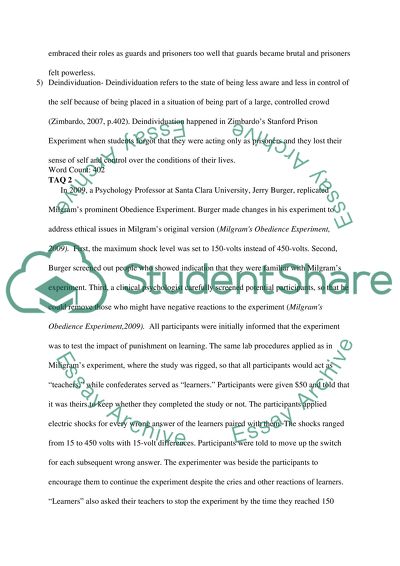Cite this document
(“Social Influence Essay Example | Topics and Well Written Essays - 1000 words - 2”, n.d.)
Retrieved from https://studentshare.org/psychology/1651785-social-influence
Retrieved from https://studentshare.org/psychology/1651785-social-influence
(Social Influence Essay Example | Topics and Well Written Essays - 1000 Words - 2)
https://studentshare.org/psychology/1651785-social-influence.
https://studentshare.org/psychology/1651785-social-influence.
“Social Influence Essay Example | Topics and Well Written Essays - 1000 Words - 2”, n.d. https://studentshare.org/psychology/1651785-social-influence.


